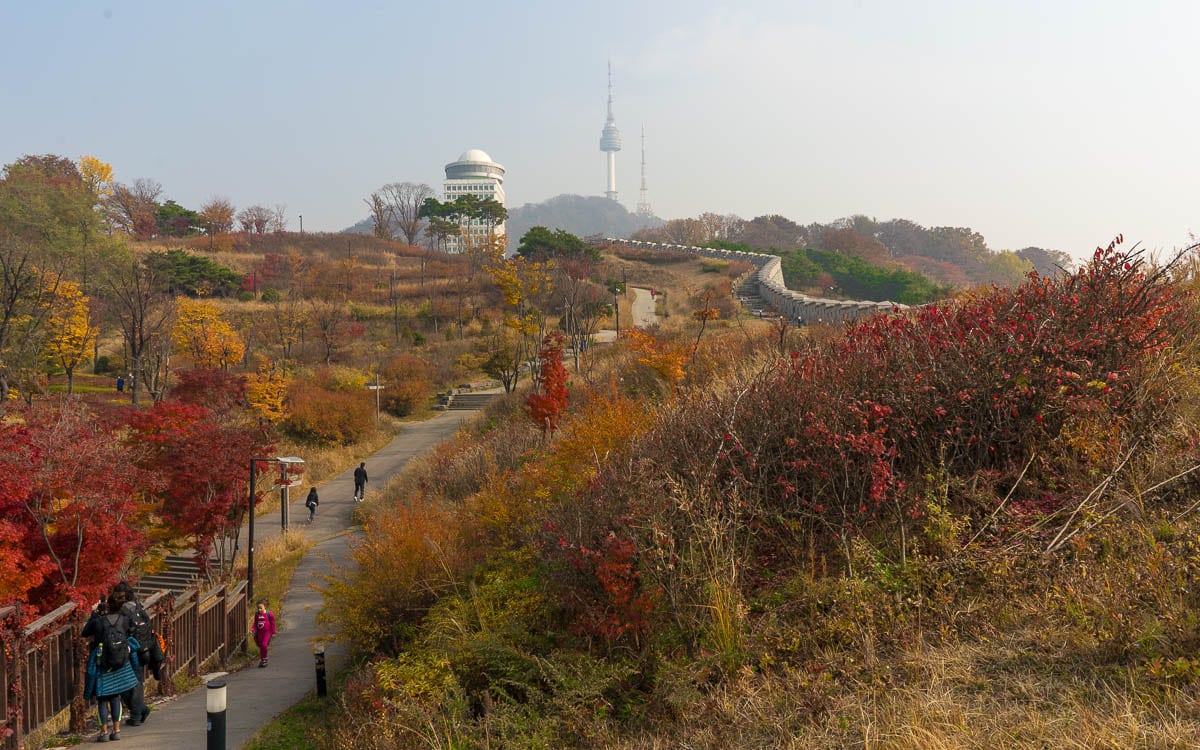
Planning a trip to Seoul, South Korea? It’s important to consider the weather, seasons, and climate to choose the best time to visit. Understanding what to expect and how to dress can help you make the most of your trip. While there’s no bad time to visit, some months offer the best experience in terms of comfortable temperatures, clear skies, and seasonal attractions.
Seoul experiences four distinct seasons—spring, summer, fall, and winter—each offering a unique atmosphere. You could encounter hot and humid summers or freezing cold winters depending on when you visit, so being prepared is key to enjoying your trip.
Each month brings something special, from cherry blossoms in April to vibrant fall colors in November and a snow-covered city in winter.
No matter when you visit, Seoul has something to offer year-round.
Spring (March-May)
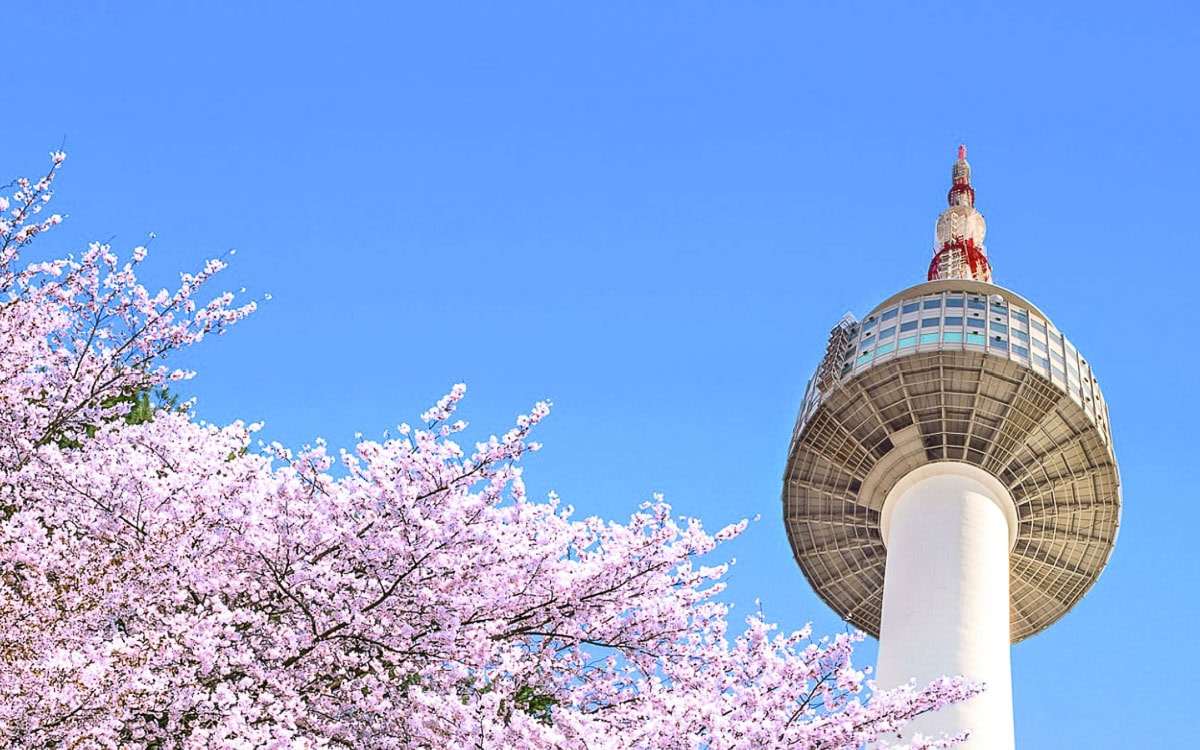
March marks the beginning of spring in Seoul, but the weather can still feel quite chilly, especially in the early part of the month. Fine yellow dust from China’s deserts can affect air quality during this time.
From late March into early April, spring begins. While it’s still cool and yellow dust lingers, the weather gradually starts to warm up. April is a popular time to see cherry blossoms, with some of the best spots being Namsan Park and Seokchon Lake.
In May, the weather is warm but not too hot. The days are long and pleasant, with low humidity, making it a great time for outdoor activities.
Summer (June–August)
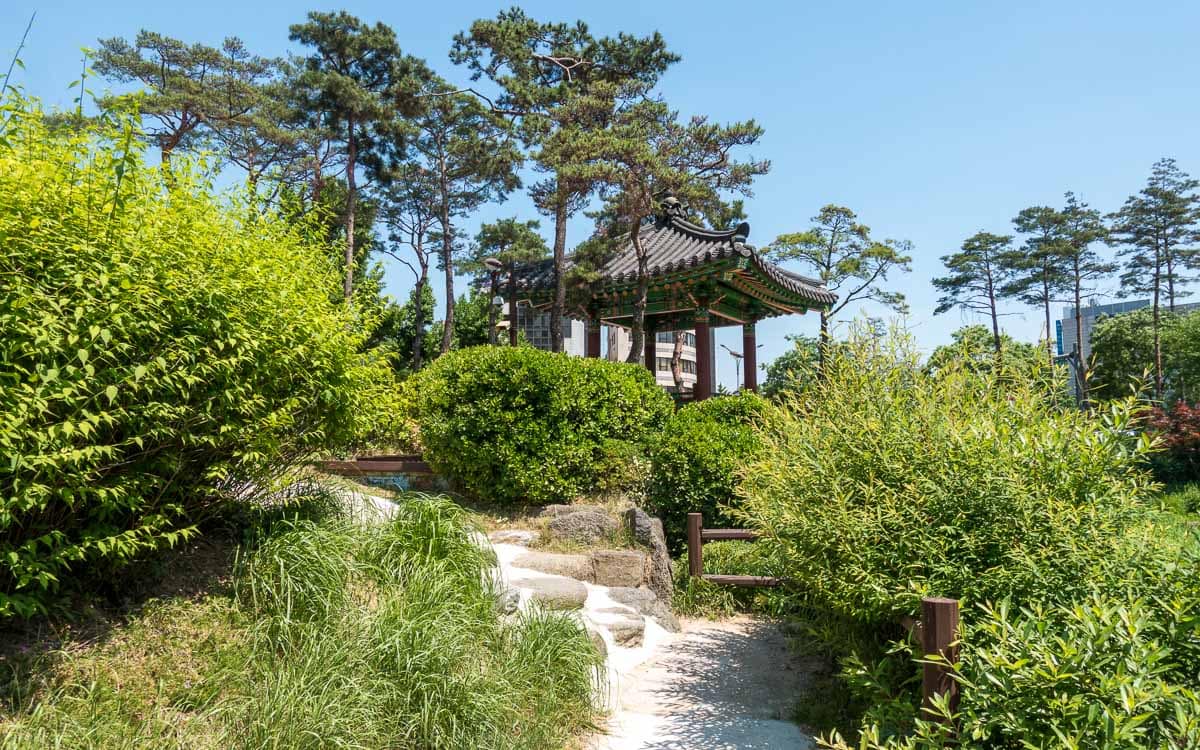
June marks the start of summer in Seoul, bringing warmer temperatures and rising humidity. The days are long and sunny, and the city looks especially beautiful with all the trees and flowers in full bloom.
The peak monsoon season occurs in July, bringing hot, humid, and wet weather. Heavy rains and occasional thunderstorms are common during this time of year.
August is similar to July, except it is hotter and more humid. Expect temperatures over 33°C (90°F), heavy rainfall, and even heat waves during this period.
Autumn (September–November)
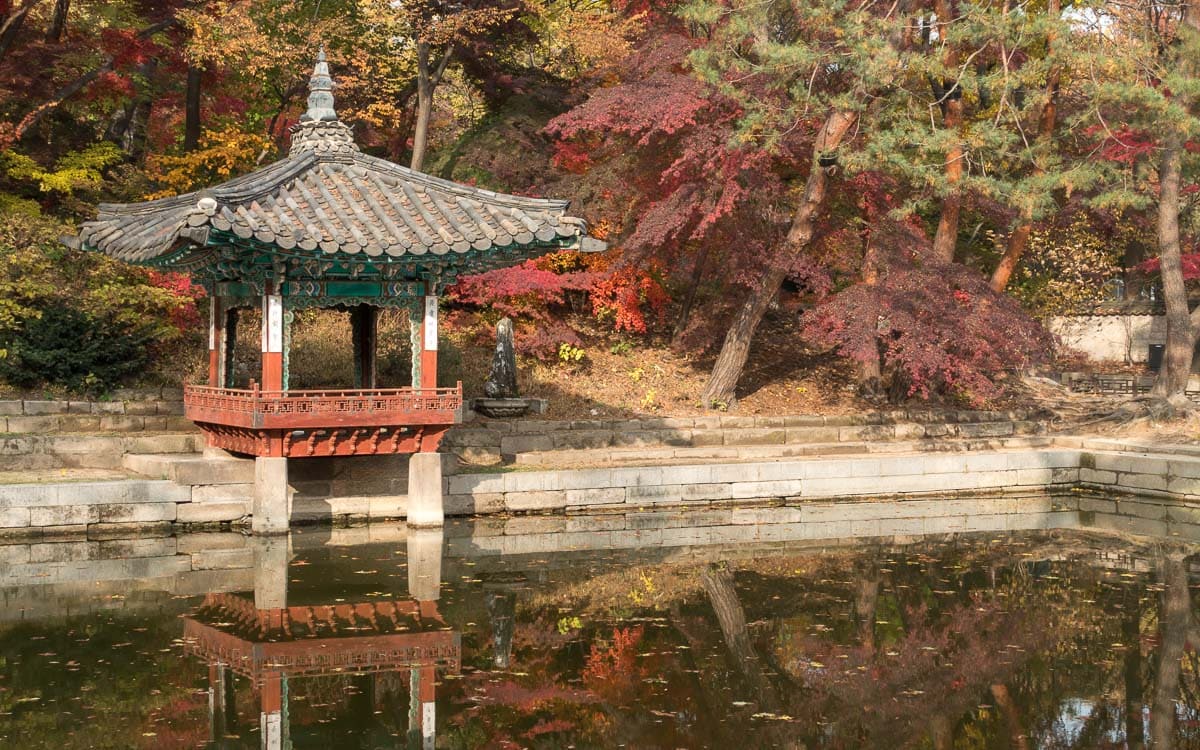
As with spring, autumn is another popular time for visitors to Seoul. Autumn in Seoul starts in mid to late September and ends in November.
The days remain long and warm in September, but the humidity drops toward the middle of the month.
In October, the weather starts to cool down. While the days can still be warm, the nights are cooler. On most days, you can wear a T-shirt during the day and a light jacket at night.
November brings cool, crisp days, but it’s still mild enough to enjoy being outside. It’s also one of the best times to visit Seoul for the beautiful autumn foliage. Popular spots for fall colors include Gyeongbokgung Palace, Seoul Forest, and Olympic Park.
Winter (December–February)
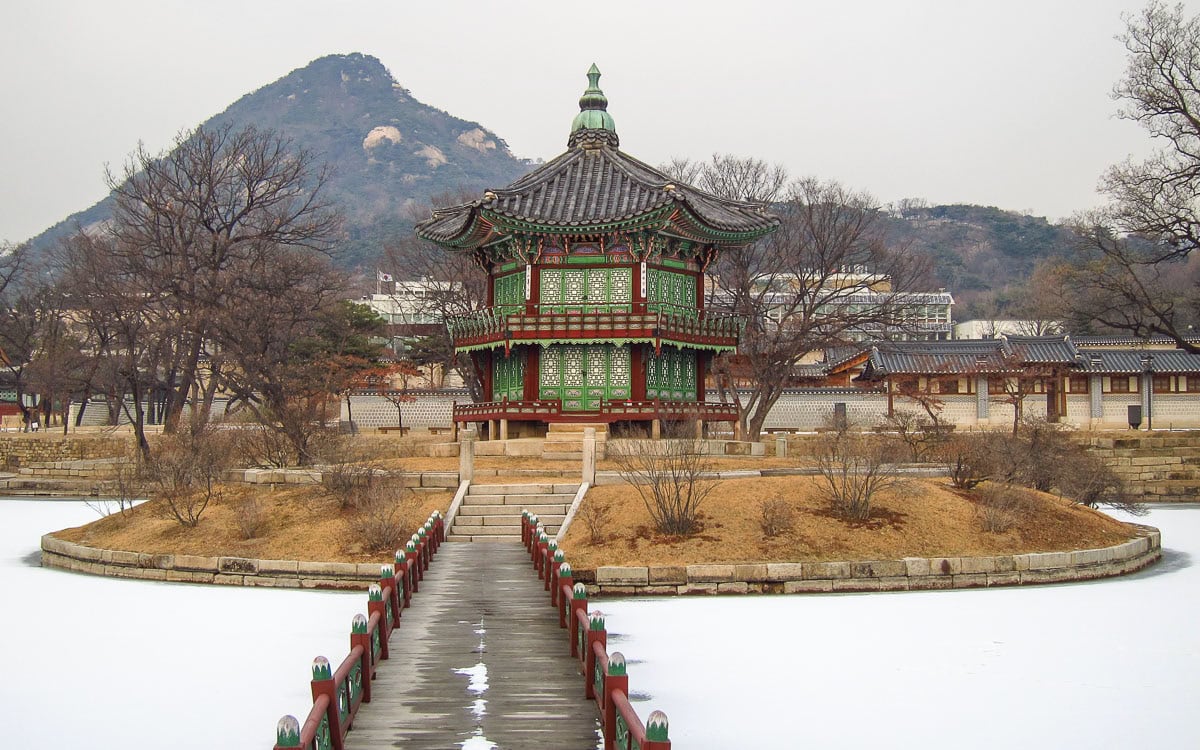
In December, Seoul transitions into winter, bringing cold temperatures, dry air, and occasional snowfall. December is a great time to visit Seoul for Christmas lights, holiday markets, and New Year’s Eve for fireworks.
In January and February, the days are short, and the nights are long. The weather is cold, and strong Siberian winds from the north make it feel even harsher.
Snow is also common during winter, making sidewalks and subway stairs slippery and challenging to walk on. Wearing warm, layered clothing and waterproof shoes or boots with good traction is essential for staying comfortable and safe in the cold.
| Month | High | Low |
|---|---|---|
| January | 2C (36F) | -5C (23F) |
| February | 4C (40F) | -2C (27F) |
| March | 10C (50F) | 2C (36F) |
| April | 18C (65F) | 7C (46F) |
| May | 22C (73F) | 12C (55F) |
| June | 27C (81F) | 18C (65F) |
| July | 28C (84F) | 22C (72F) |
| August | 30C (86F) | 22C (72F) |
| September | 26C (79F) | 17C (63F) |
| October | 20C (68F) | 10C (50F) |
| November | 12C (54F) | 3C (39F) |
| December | 4C (40F) | -2C (28F) |
Last Updated on Mar 16, 2025